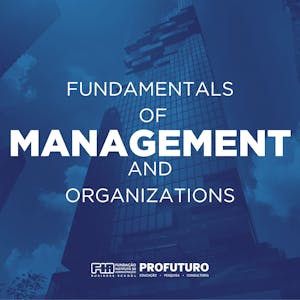Project Planning: Putting It All Together
About this Course
This is the third course in the Google Project Management Certificate program. This course will explore how to map out a project in the second phase of the project life cycle: the project planning phase. You will examine the key components of a project plan, how to make accurate time estimates, and how to set milestones. Next, you will learn how to build and manage a budget and how the procurement processes work. Then, you will discover tools that can help you identify and manage different types of risk and how to use a risk management plan to communicate and resolve risks. Finally, you will explore how to draft and manage a communication plan and how to organize project documentation. Current Google project managers will continue to instruct and provide you with hands-on approaches for accomplishing these tasks while showing you the best project management tools and resources for the job at hand. Learners who complete this program should be equipped to apply for introductory-level jobs as project managers. No previous experience is necessary. By the end of this course, you will be able to: - Describe the components of the project planning phase and their significance. - Explain why milestones are important and how to set them. - Make accurate time estimates and describe techniques for acquiring them from team members. - Identify tools and best practices to build a project plan and risk management plan. - Describe how to estimate, track, and maintain a budget. - Explain the procurement process and identify key procurement documentation. - Draft a communication plan and explain how to manage it. - Explain why milestones are important and how to set them. - Explain why a project plan is necessary and what components it contains. - Make accurate time estimates and describe techniques for acquiring them from team members.Created by: Google

Related Online Courses
In this data-driven world, companies are often interested in knowing what is the \"best\" course of action, given the data. For example, manufacturers need to decide how many units of a product to... more
In this course you will learn some tools to evaluate supply markets from a Strategic level (e.g. Macro) (PESTLE) to Tactical level (e.g. Industry) (Supply Market Segmentation, Five Forces, Supply... more
This course will guide you through the basic concepts, tools and practices in management. It is designed for students from diverse backgrounds as a crash-course to understand the most fundamental... more
In this 2-hour project-based course, you will learn the basics of building persuasive sales presentations using PowerPoint and Copilot AI. We will do this by creating a methodology-based sales... more
It is becoming increasingly important to expand into foreign markets in order to achieve significant growth. This requires creating global brands such as IBM, Microsoft, Amazon, Starbucks, and... more








